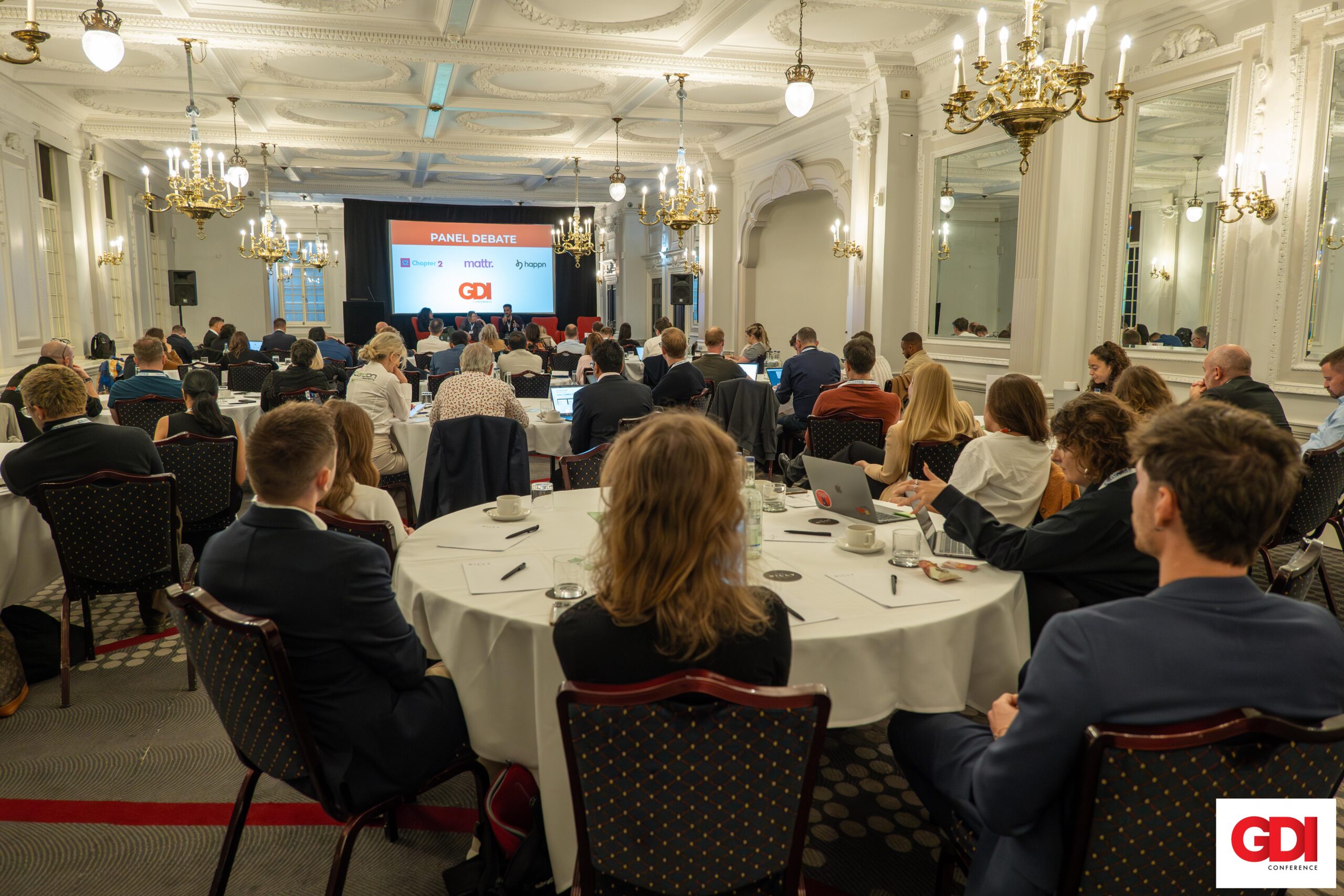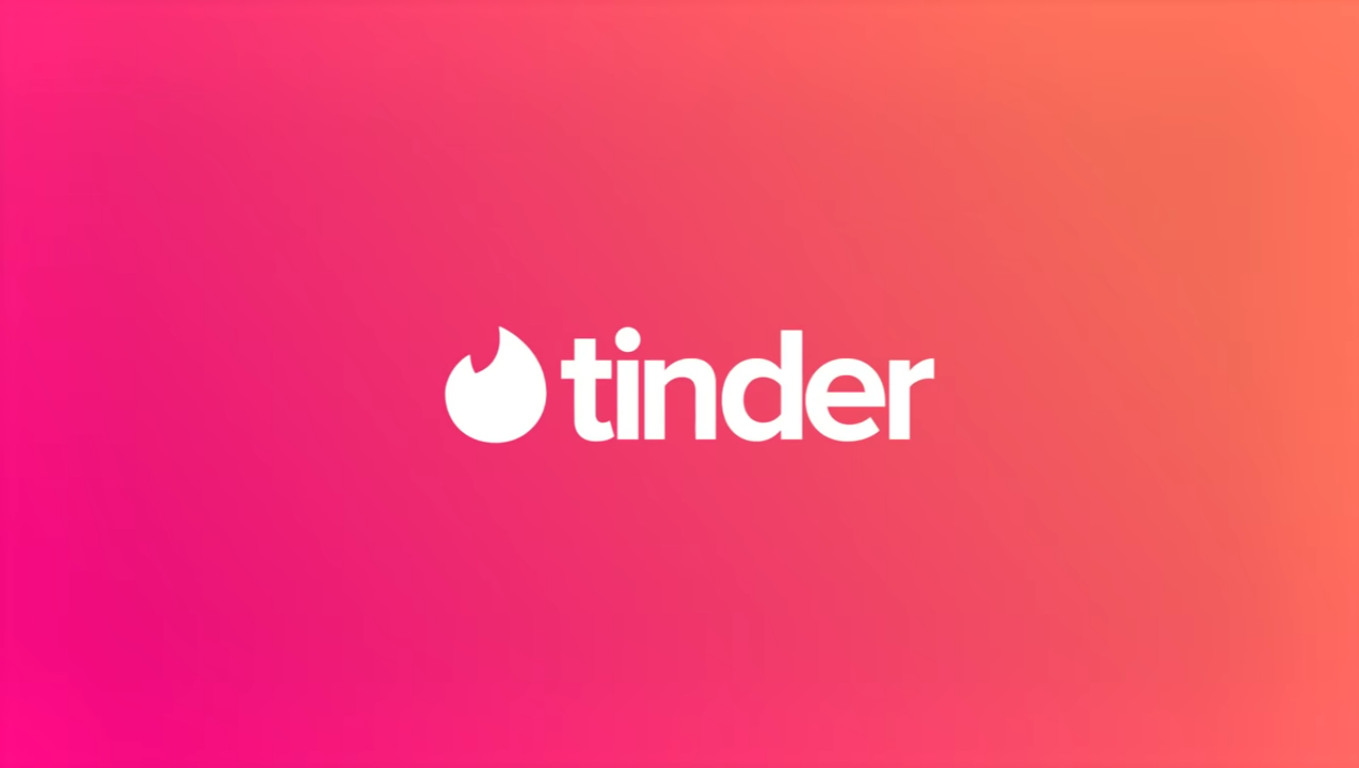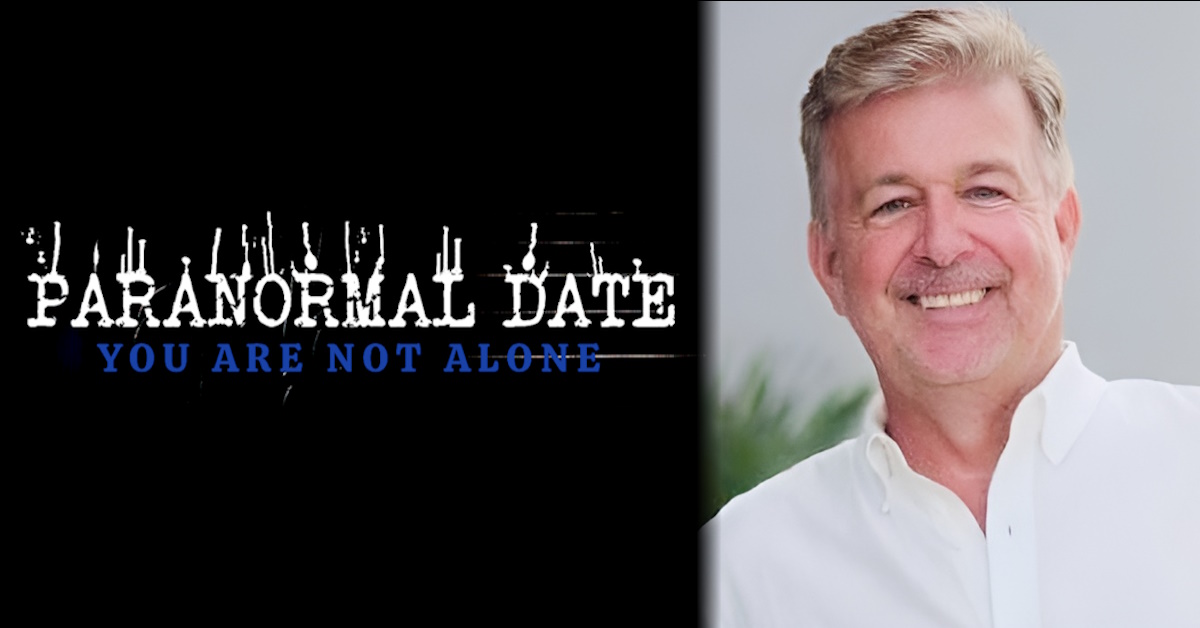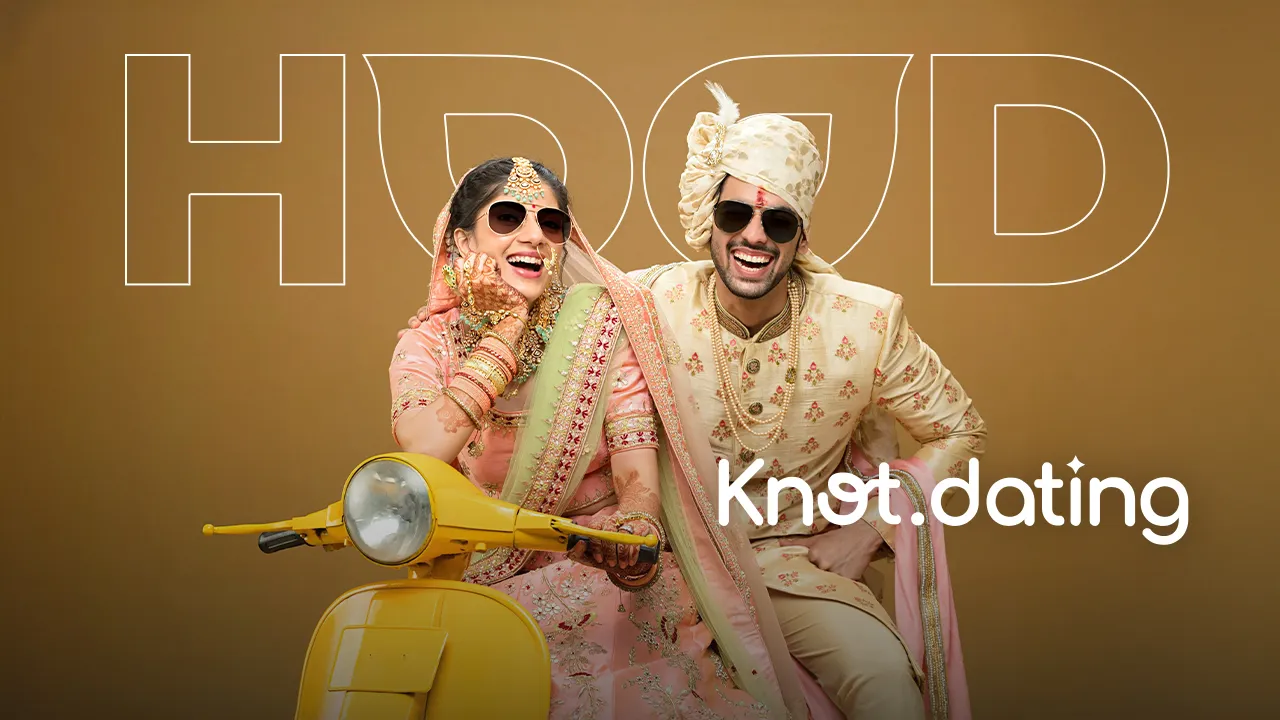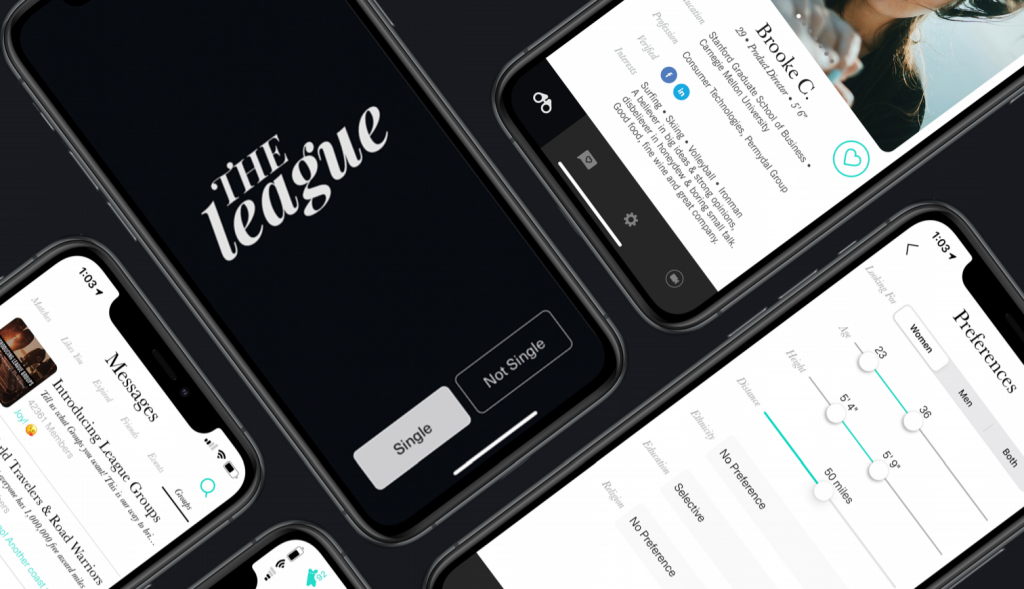Knot.dating, the elite invite-only matching service based in India, is disrupting traditional matrimony norms yet again. Recently, the app introduced new regulations, allowing only men earning at least ₹50 lakhs (just under £43,000) annually to register, while imposing no income requirement for women. This invite-only service mandates full background verification and offers each user a personal relationship manager, combining AI-driven conversational matching with human support.
However, perhaps the most interesting result of this change is the gender ratio: women make up approximately 68% of the platform’s user base, and they’re initiating more match requests – even if they are rejected more often. These figures contrast sharply with the usual 70:30 male‑to‑female distribution seen on the majority of Indian matrimonial services. This pattern emerged organically as a result of the app having strict limits on which men can sign up, deliberately inverting the usual imbalance seen on most platforms.
Notably, more than 50% of the women on the platform are from top-tier colleges and working for major companies, according to Singh. In a follow-up post on X, Singh also clarified that part of the purpose behind these rules is to invert some of the advertising and app structures he has seen from other platforms based in India.
Co-founded by Jasveer Singh and Abhishek Asthana, Knot.dating positions itself as India’s first AI-powered conversational matchmaking service, targeting high-achieving professionals. Singh says that the platform is designed for commitment-minded individuals: “Knot.dating isn’t for casual use – it’s for those who are ready for commitment. Despite criticism over elitism and gendered income thresholds, Singh has defended the model as a way to signal ambition, not just wealth.
While this gender-based change in sign-up requirements has been criticised by some, from a purely objective standpoint, this change is a very interesting one for Knot. The intent – empowering women with more agency – may have also indirectly led to a deficit of men for them to match with, which could lead to some unique data about how the platform’s users behave and form lasting matches in the future.
